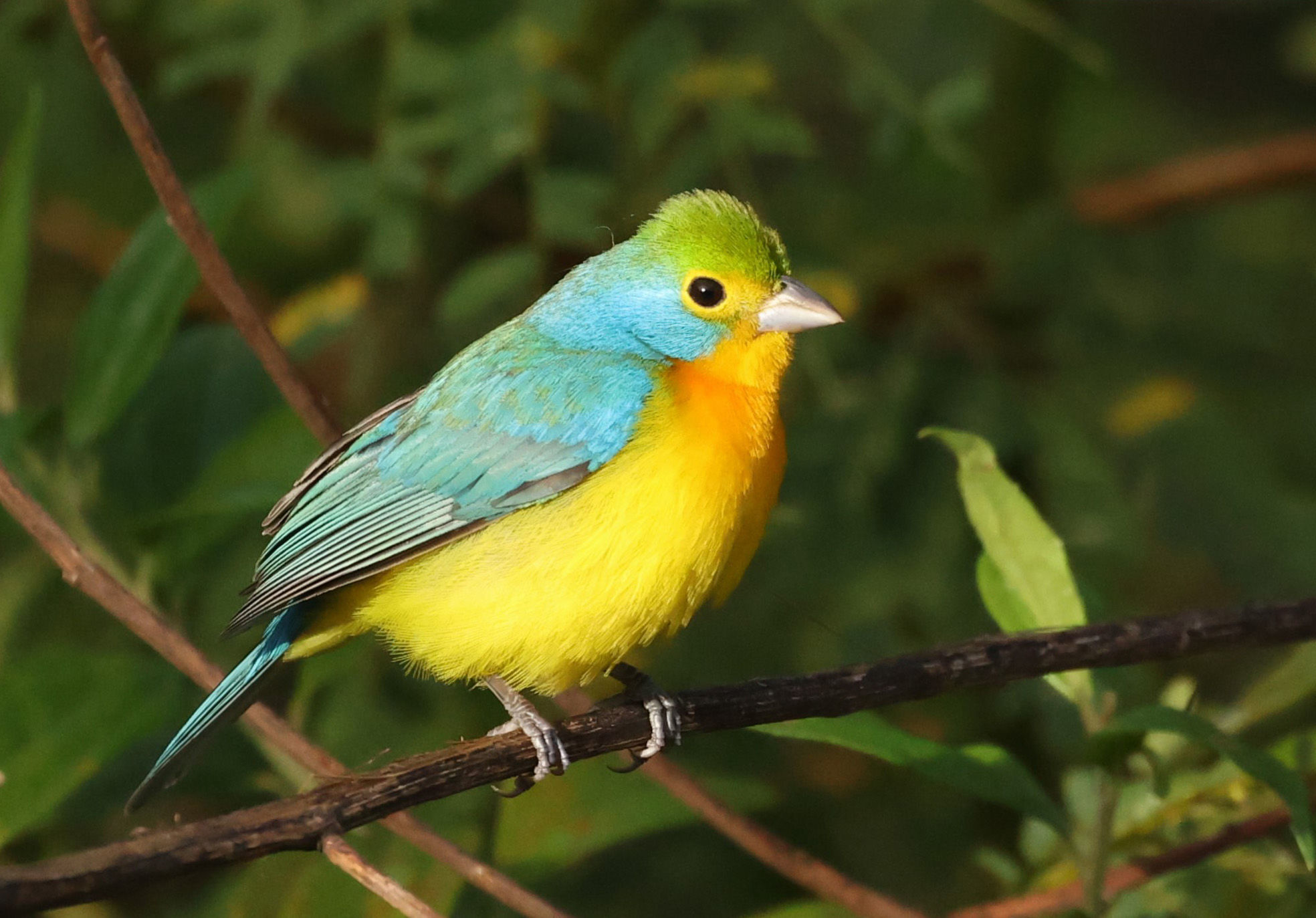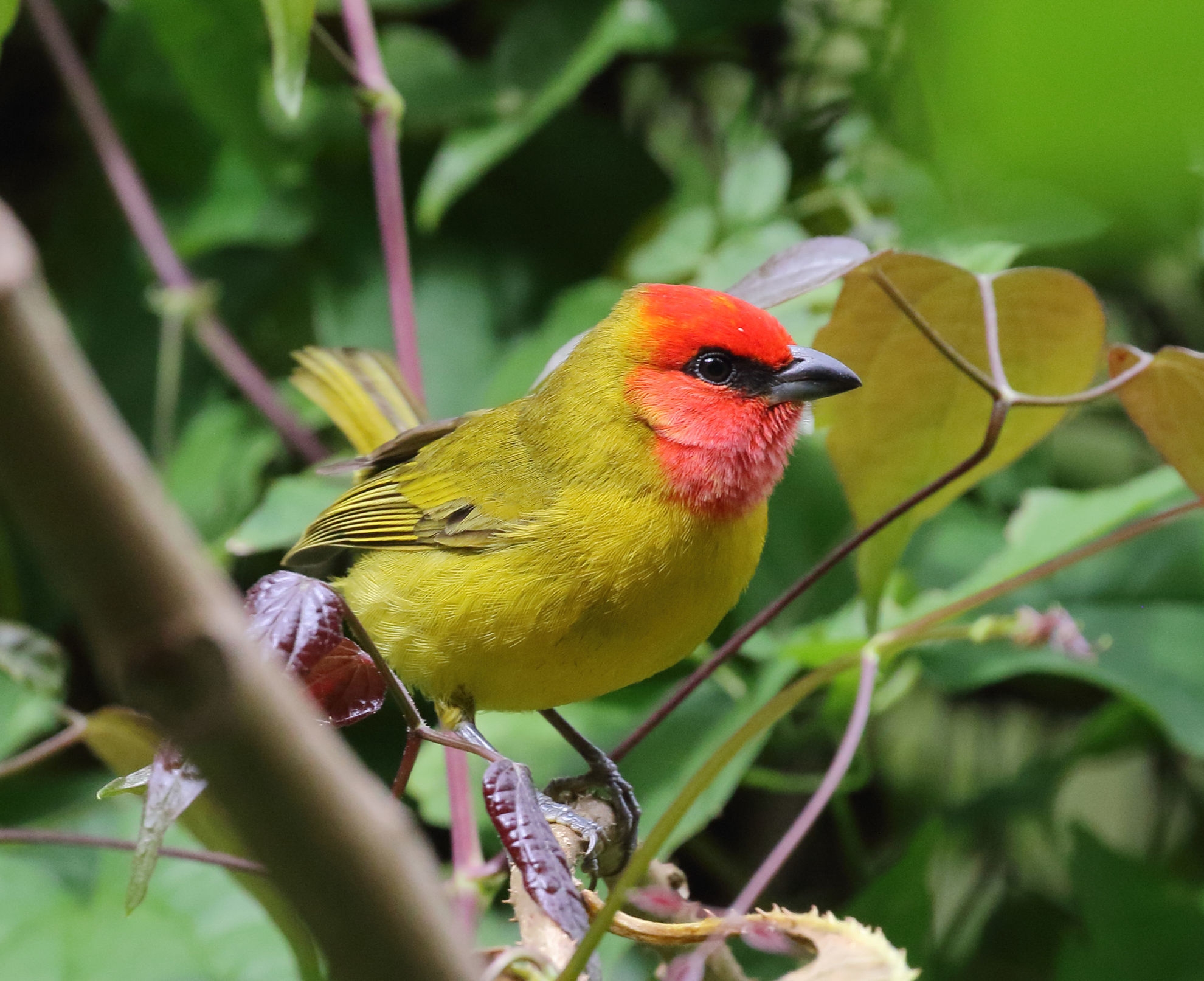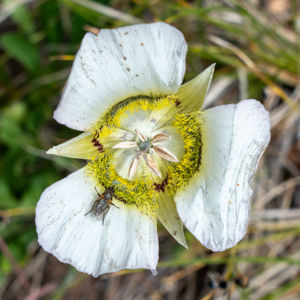Toll Free: 800.328.8368
Phone: 512.328.5221
West Mexico: Thorn Forest to the Sierra Madre
Upcoming Dates
January 5 - 15, 2026
Departs
Puerto Vallarta
Returns
Puerto Vallarta
Tour Limit
Sold Out
Itinerary
Read More
Orange-breasted Bunting © Brian Gibbons
Western Mexico has one of the highest rates of endemism in North America, and the foothill region of the Sierra Madre Occidental is one of the better areas to observe a good cross section of Mexican species. Our West Mexico tour is designed to be a comfortable introduction to the West Mexican avifauna.
After our first night in Nuevo Vallarta, near the airport, we will seek out a few endemics before we head through Puerto Vallarta to El Tuito, a couple of hours south of town. In El Tuito—a birder’s paradise—we will stay at the comfortable Rancho Primavera. This private ranch provides a hospitable base for explorations of diverse habitats rich in endemic birds. This lower elevation base will allow us to explore habitats all the way down to idyllic sandy beaches on the Pacific. The accommodations at Rancho Primavera are comfortable, the food is delicious, and the grounds are awash in birds.
Our trip will focus on at least three distinct habitat types. We will explore coastal areas for herons, shorebirds, and waterfowl. The most unique habitat type is the West Mexican thorn forest, and many of the endemic species that we will be seeking most ardently make their homes here. This dry forest type can be surprisingly difficult to bird and is home to a number of secretive and inconspicuous species. However, with endemic species like Citreoline Trogon and Red-breasted Chat to tempt us, persistence is sure to pay off. While there are many beautiful birds in the thorn forest, we will make a special effort for the exquisite Orange-breasted Bunting until we’ve soaked in the all the orange, yellows, blues, and greens of this fine endemic. The ranch itself is set in the foothills, where thorn forest gives way to pine-oak forest, and one begins to see species such as Acorn Woodpecker and Grace’s Warbler, as well as specialties like Military Macaw and various hummingbirds.
In the second half of the tour, we will head to the Sierra Madre Occidental. The moist canyons and the pine-oak forests teem with North American migrants wintering alongside a variety of great Mexican birds. A Long-tailed Wood-Partridge might creep out onto the road, while Mountain Trogons call from fir trees. The higher elevations and moist canyons will enable us to seek at least ten more Mexican endemics, as well as a host of other fantastic birds like Chestnut-sided Shrike-Vireo and Audubon’s Oriole. Our base for these explorations will be the charming colonial town of San Sebastián del Oeste, recognized by the Mexican Secretariat of Tourism as a Pueblo Mágico, a place with natural beauty, cultural riches and historical relevance. With its cobbled streets and colonial facades, San Sebastian is from another era. Endemics of this area include Bumblebee Hummingbird, Mexican Woodnymph, Gray-crowned Woodpecker, White-striped Woodcreeper, Green-striped and Rufous-capped brushfinches, Red-headed Tanager, and many more. Over the course of the tour, we expect our bird list to top 250 species, of which better than 30 should be Mexican endemics, and 60 or more will be lifers for those who have not previously ventured “south of the border."
Simple to good accommodations; excellent food; long drives on dusty and bumpy roads while birding; often walking along cobbled roads and uneven surfaces; warm, sunny conditions expected in the lowlands, but quite cool in the shady mountain canyons.

Red-headed Tanager © Brian Gibbons
Price: $7,295
This departure is sold out. Please contact the VENT office to register for the waitlist.
Departure Dates
Route Map
Tour Leaders

Additional VENT
Leader
Field Reports
Available by request; please contact the VENT office.
Connecting Tours
No Connecting Tours
Operations Manager

Patrick
Swaggerty
Questions? Contact the Operations Manager or call 800.328.8368 or 512.328.5221



